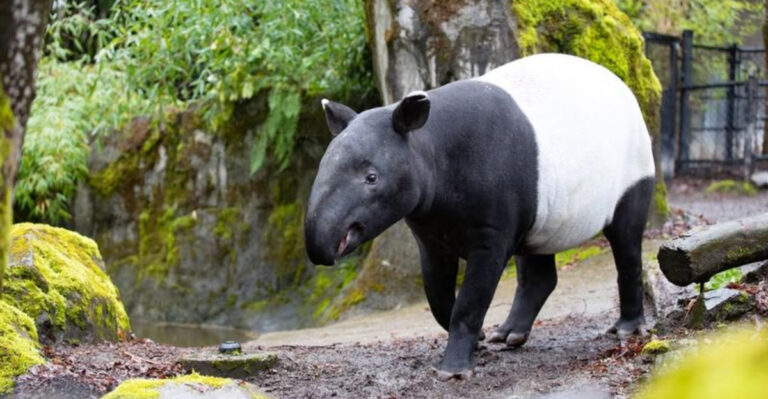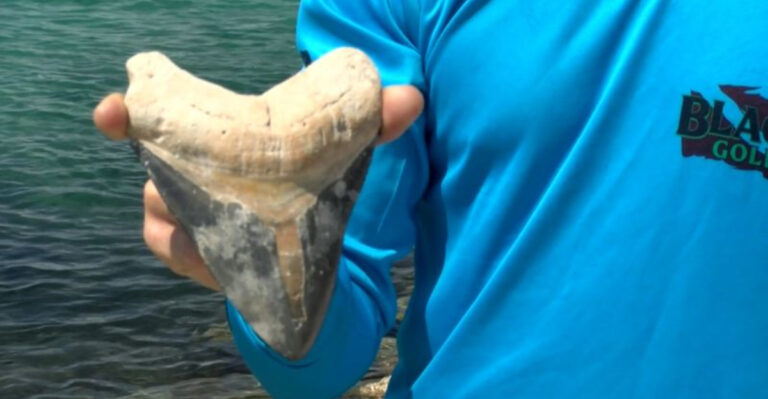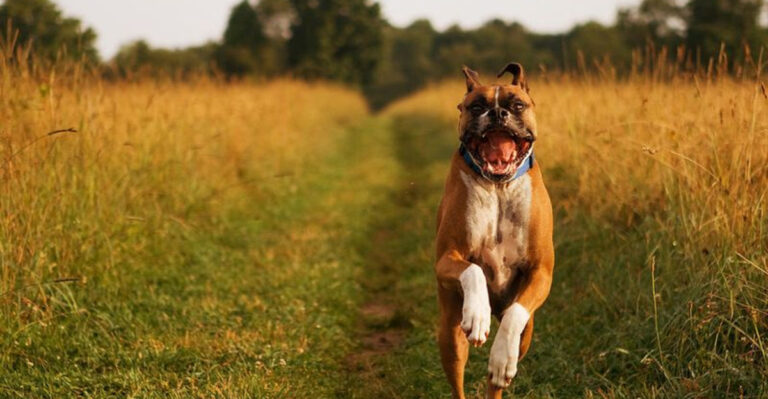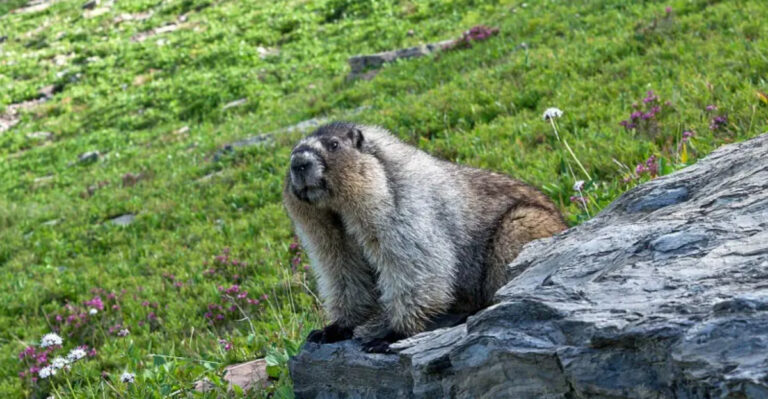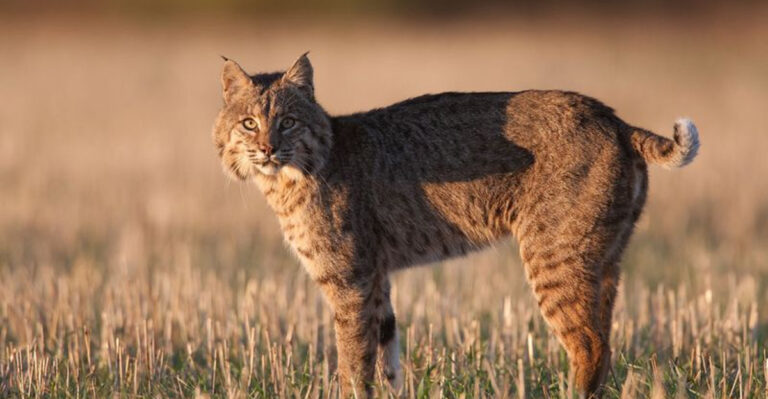The Haast’s Eagle Was A Colossal Bird Of Prey That Took Down Animals Fifteen Times Its Size

Imagine a bird so massive it could snatch up a small child with ease. The Haast’s Eagle was exactly that – a prehistoric monster that ruled the skies of New Zealand until about 600 years ago.
This remarkable predator could weigh up to 33 pounds with a wingspan reaching 10 feet, making it the largest eagle ever known.
What’s even more astonishing is that this feathered giant regularly hunted prey weighing over 400 pounds – that’s fifteen times its own weight!
Evolution At Hyperspeed
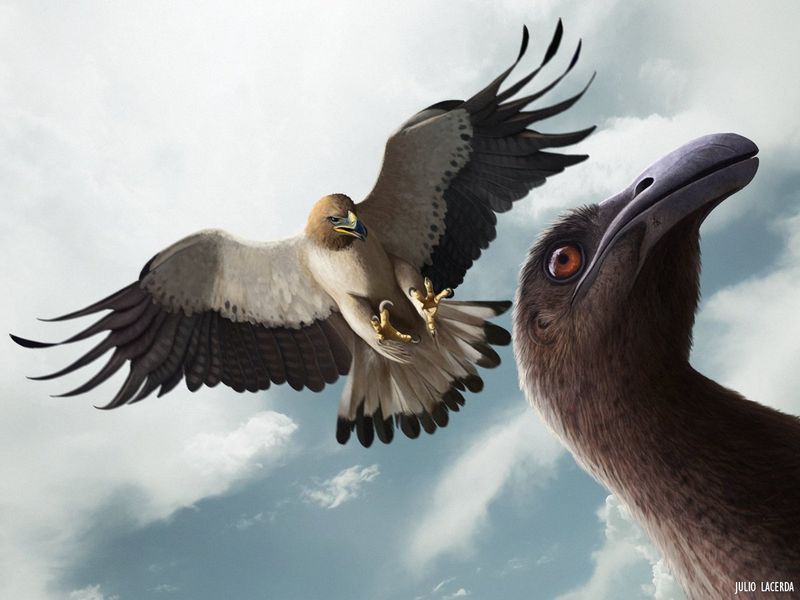
The Haast’s Eagle evolved at an extraordinarily rapid pace. Scientists believe it descended from a much smaller eagle species that migrated to New Zealand from Australia. In just 1-2 million years – practically overnight in evolutionary terms – it transformed into a giant.
This rapid growth spurt was driven by the abundance of large, flightless birds in New Zealand and the absence of mammalian predators. The eagle simply filled an empty ecological niche. Researchers call this phenomenon ‘island gigantism,’ where isolated species grow dramatically larger than their mainland relatives.
Built Like A Flying Tank
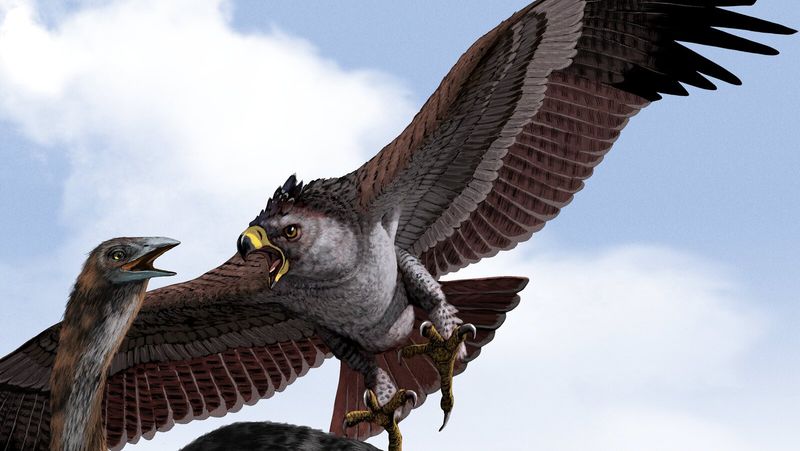
Unlike modern eagles that have lightweight, hollow bones optimized for soaring, the Haast’s Eagle had thick, solid bones more similar to land predators. Its massive shoulder joints and wing structure suggest it wasn’t built for long-distance flight but for explosive power and maneuverability through forests.
The eagle’s talons were comparable to tiger claws – measuring up to 4 inches long and capable of penetrating deep into prey. Its leg muscles could generate crushing force estimated at over 50 pounds per square inch, easily enough to collapse the skull of its prey instantly.
The Moa Hunters
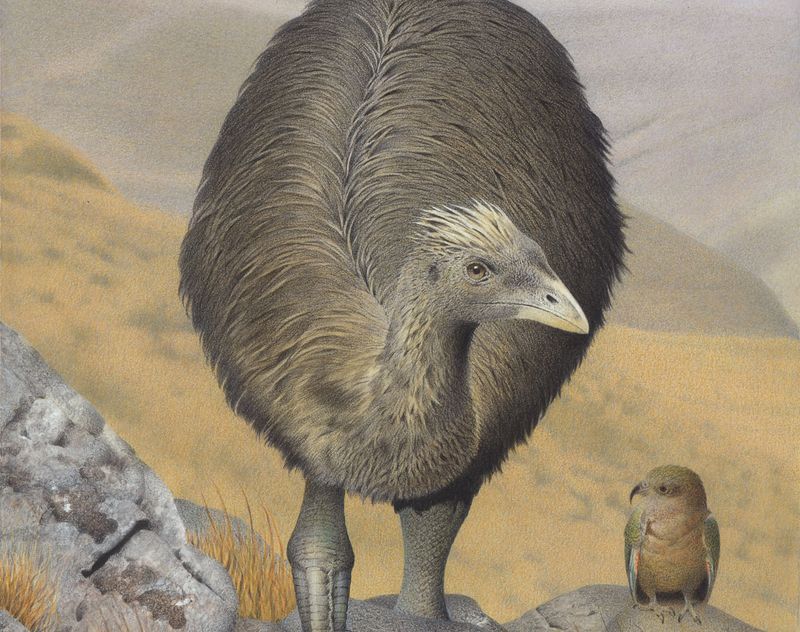
Moa birds were the primary prey of the Haast’s Eagle – enormous flightless creatures standing up to 12 feet tall and weighing over 500 pounds. Fossil evidence shows the eagles attacked by diving at speeds exceeding 50 mph, striking the moa’s pelvis or neck with devastating force.
The impact alone could kill smaller moa instantly. For larger specimens, the eagle would use its massive talons to crush the spine or skull. Maori rock art depicts these brutal hunting scenes, showing eagles latched onto the backs of the giant birds.
Legendary Status In Maori Culture
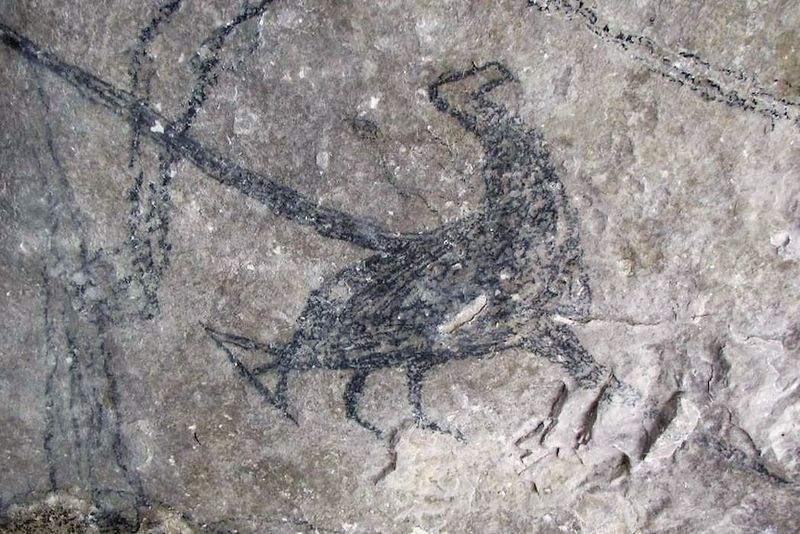
The Maori people of New Zealand called this magnificent bird ‘Pouakai’ or ‘Hokioi’ and featured it prominently in their legends. Some stories describe the eagle as a man-eater that would swoop down from mountain peaks to carry off children and unwary adults.
Archaeological evidence suggests these legends might contain a kernel of truth. The earliest Polynesian settlers would have encountered these eagles, and while no confirmed human predation exists, the birds were certainly capable of it. Maori oral traditions describe the bird’s call as a piercing ‘hokioi-hokioi’ that echoed through mountain valleys.
A Perfect Killing Machine
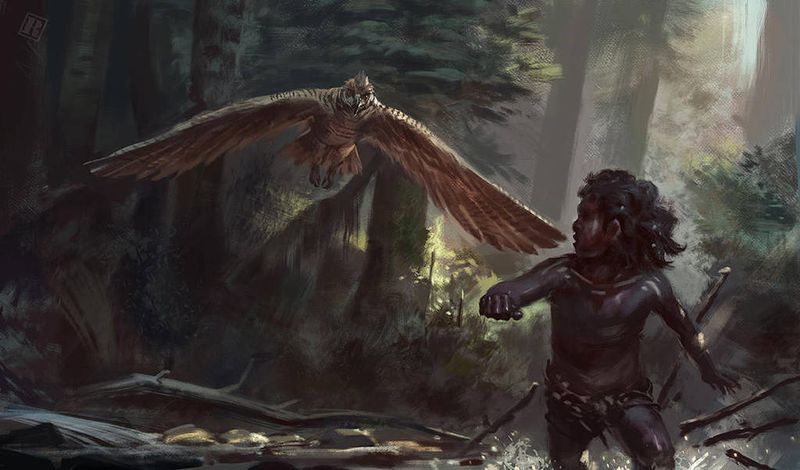
The Haast’s Eagle had forward-facing eyes like an owl rather than side-facing eyes typical of most eagles. This adaptation gave it superior depth perception and binocular vision – crucial for precisely judging attack distances when diving at prey at tremendous speeds.
Its wing structure was shorter and broader than modern eagles, sacrificing soaring ability for explosive acceleration and maneuverability. Computer models suggest it hunted by perching on high points, spotting prey, then launching into a steep dive that could reach 80 km/h in seconds.
Recent Extinction
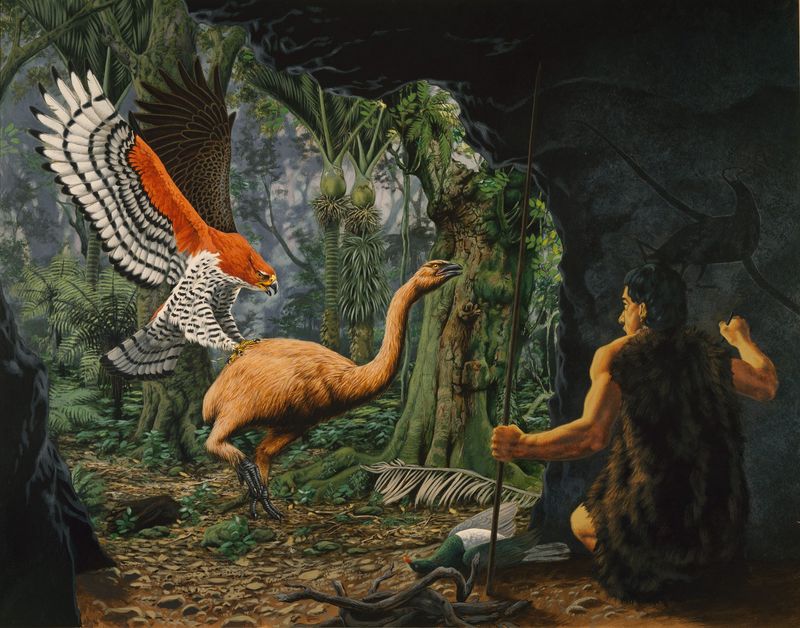
Despite being apex predators, Haast’s Eagles vanished around 1400 CE – remarkably recent in evolutionary terms. Their disappearance coincided precisely with the extinction of their primary food source, the moa birds, which were hunted to extinction by early Maori settlers.
Without the moa, the specialized predator couldn’t adapt quickly enough to survive. Some researchers suggest a fascinating alternative: perhaps the eagles didn’t completely die out but instead drastically shrank in size over generations – a case of ‘reverse island gigantism.’ However, most evidence points to complete extinction.
Rediscovery By Science
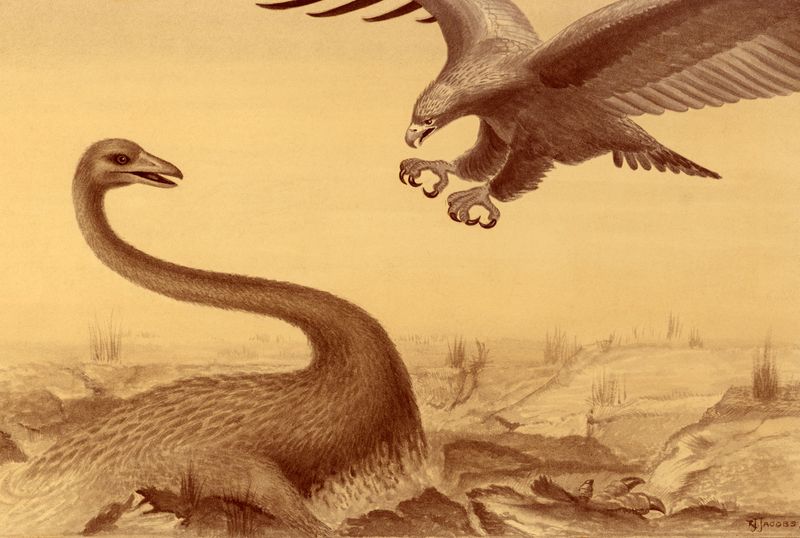
The scientific world only learned about this magnificent creature in 1871 when Julius von Haast, a German geologist, examined mysterious bone fragments found in swamp deposits. Initially, experts were skeptical that such massive bones could belong to an eagle – they seemed more appropriate for a small dinosaur!
Complete skeletons were eventually assembled, confirming the bird’s incredible size. The eagle was officially named Harpagornis moorei before being reclassified to the genus Hieraaetus. Modern DNA analysis in 2005 revealed its closest living relative is the little eagle of Australia – a bird weighing just 2 pounds.
Ambush Hunting Strategy
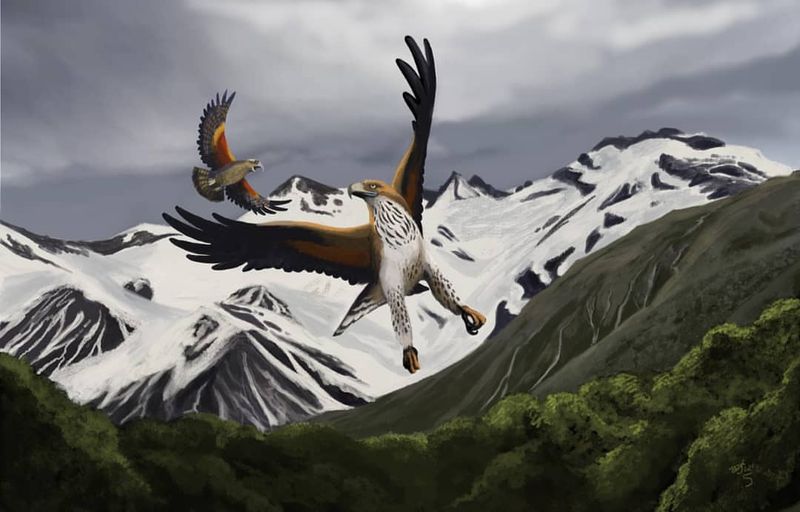
Unlike modern eagles that soar high searching for prey, the Haast’s Eagle was an ambush predator that used New Zealand’s dense forests to its advantage. Scientists believe it would perch hidden among trees, waiting for moa to wander beneath before launching its devastating attack.
This hunting strategy explains its unusually short wings for its body size – long wings would be a disadvantage when maneuvering through thick forest. The eagle’s legs and feet were disproportionately large, allowing it to grab and control massive prey many times its weight.
The Island Giant Effect
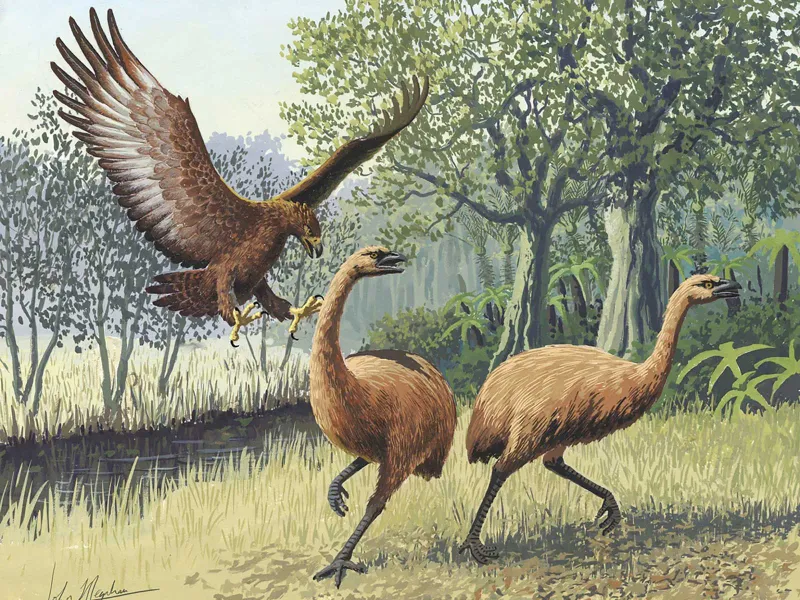
New Zealand’s isolation created the perfect laboratory for evolutionary experiments. With no mammalian predators competing for resources, birds stepped into ecological roles typically filled by mammals elsewhere. The Haast’s Eagle essentially evolved to fill the niche normally occupied by big cats or wolves.
This phenomenon, called ecological release, allowed the eagle to grow far larger than any eagle species before or since. Similar examples exist on other isolated islands – Madagascar’s elephant birds, Komodo dragons, and the dodo all evolved unusual characteristics due to island isolation.
Reconstructing Their Appearance
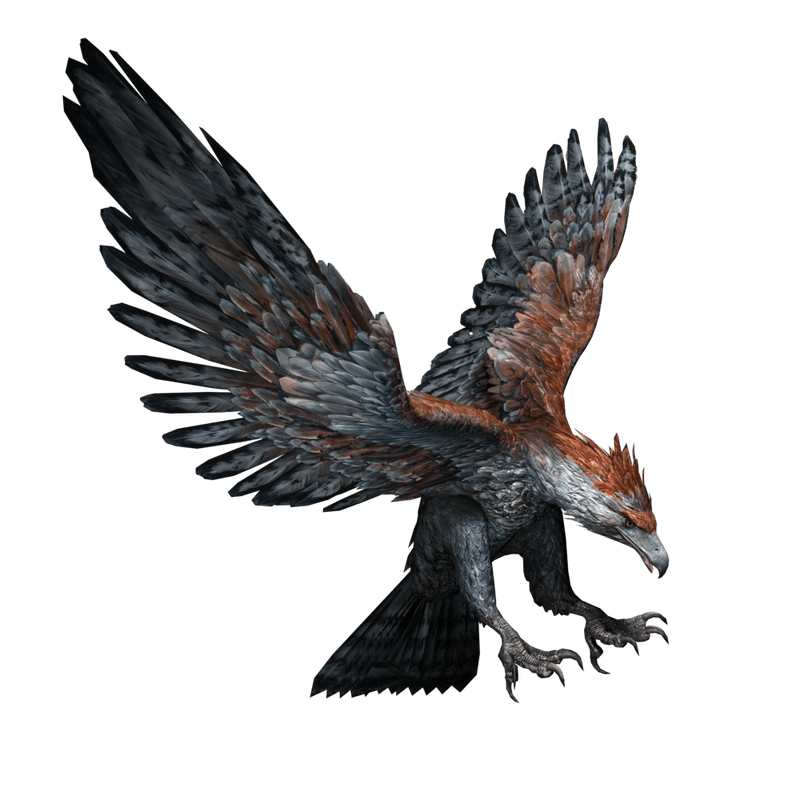
We’ll never see a living Haast’s Eagle, but scientists have made educated guesses about their appearance based on skeletal remains and related species. Most reconstructions show a dark brown or black bird with golden feathers on its head and neck – similar to today’s golden eagles but massively scaled up.
Their beaks would have been proportionally larger and more hooked than modern eagles, specialized for tearing through the thick hides of moa. Unlike the sleek, streamlined look of today’s eagles, the Haast’s Eagle likely appeared stockier and more muscular – built for power rather than sustained flight.
Could They Return?
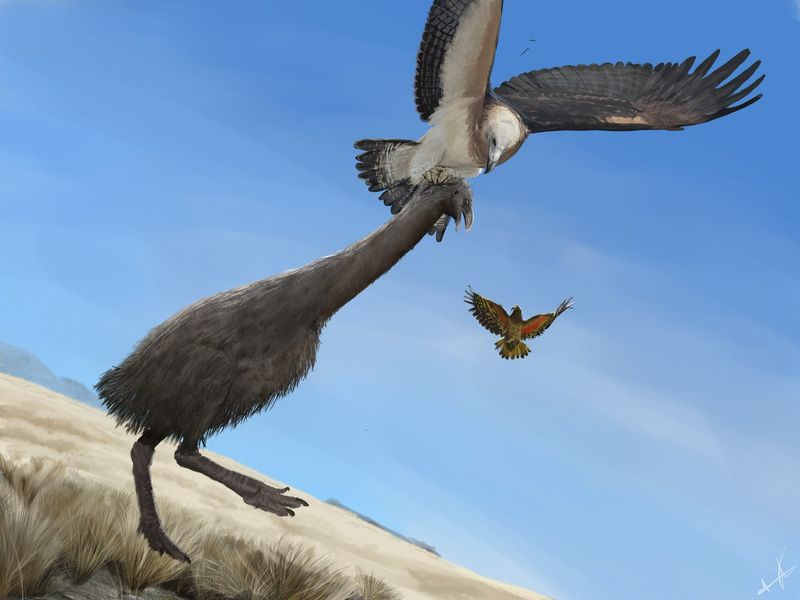
Some scientists have suggested the Haast’s Eagle as a theoretical candidate for de-extinction using recovered DNA and its closest living relatives. However, significant challenges exist – we lack complete DNA samples, and the ecological niche it once filled no longer exists without the moa.
More importantly, ethical questions arise about reintroducing a predator capable of hunting large mammals – including humans. For now, this magnificent bird remains firmly in the past. Modern conservation efforts focus instead on protecting New Zealand’s remaining unique bird species from introduced predators like cats and rats.

